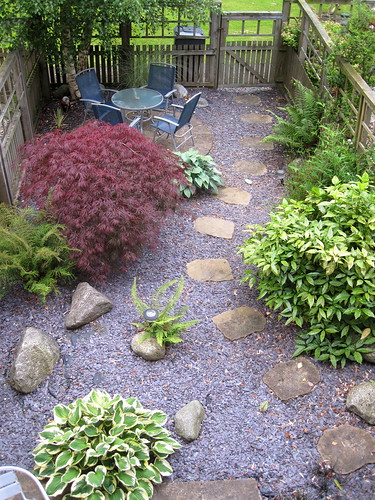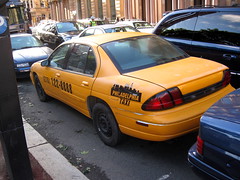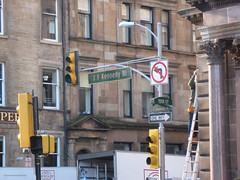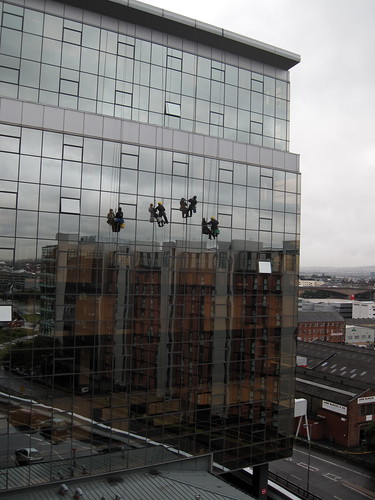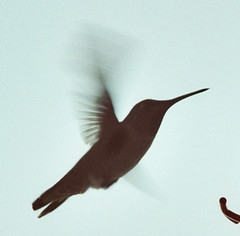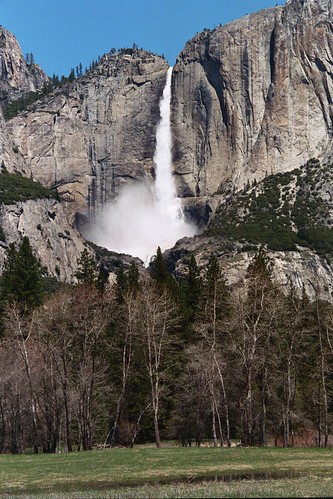
You’ll have noted the long pauses in blog entries. The reason? We’re busily packing…
One of the things you never remember about moving is how …just… grubby the whole enterprise ends up being. It’s not that you never clean beneath your couches — we do, with a dust mop, at minimum on a weekly basis. It’s just that dust is a sneaky, sneaky thing, and like its namesake bunnies which breed horrifyingly quickly, it gets behind furniture and quietly gives birth. Add to it that the Georgian date of the building, the fact that they’re doing dig-up-the-sidewalks type of construction again just across the street (in front of Bridget’s old flat), and that we have single-paned windows that don’t really seal, and you get drifts of sand and flakes of paint along with the dust and the general human sheddings of dander, skin, and hair.
Remember how when you were little, sometimes certain parts of the floor were lava and you had to jump across? Yeah, well, when one is moving, at times the whole house is deemed lava-land. We want to perch atop our boxes and stare down in dismay. Instead we… clean. And clean. And clean again, as each new crop of dust bunnies (or slut’s wool, as T’s grandma used to call it – a bit more pejorative, that) reveals itself… because of course the property manager insists on running herds of potential renters through while we’re trying to pack everything away, and T. still grimaces when she remembers being teased once by the property inspector about a dusty baseboard.
It’s hard for us to see how finding new renters so soon is reasonable, as we’ve been in this flat for over two years. In the part of the U.S. where we’re from, the law states that after one year, an apartment has to be freshly painted, and the floors cleaned for the next tenants – it’s more of a health/safety law than anything else, but it does mean that there are frequently brightened apartments. Here, that’s not the law; the owner essentially does what they want, and in this case, the owner wants money, and so farewell to the idea of someone figuring out, once and for all, what is wrong with the boiler — we’re considering leaving the wooden spoon we use to jimmy the reset switch, but have a feeling that probably won’t help; farewell to the idea of scraping away the paint from the wooden windowsills and redoing them. Farewell to thoroughly cleaning the blinds and the drapes and removing the strange discolorations and molds from the ceiling where the tenant can’t reach. Just… shove in the next crop. ::sigh::

When last we spoke on the topic – in June – we thought we were moving, but had no idea where we were going, and D. was sending out résumés in stacks. To Canada, to the U.S., to various companies with offices in Puerto Rico, the British Virgin Islands, — he was taking interest in both academic and tech positions everywhere. To our surprise, there wasn’t a lot of response. While the economy is indeed job-poor, we thought that it would be fairly simple to find something acceptable… but companies are being cagey and going with closer candidates for shorter periods of time with more money, but no benefits. Universities have been mildly interested, but of course they want people with degrees-in-hand who don’t have any thought of tenure or anything but adjunct positions. After about four months of trying, D. realized that a.) since his grades for the PhD don’t post until December, job-hunting will be easier in January and b.) despite the fact that his contract was, on paper at least, meant to last ’til September, he’d worked himself out of work, and needed to rethink things in order to keep the roof over our heads. We realized that maybe it wasn’t yet time to leave this place, no matter what we thought we wanted.
Almost as soon as we came to this conclusion, a woman from a nearby town phoned and mentioned that she had seen D’s resume somewhere, and requested that he come and interview in Stirling at her company, forty minutes away. And just like that, things came together. D. starts the job next week as the head of the developers, so he’ll get to mentor and teach and do all those things he loves for as long we we’re here.
Meanwhile: the new place has double paned windows, is made of plain old brick instead of sandstone, and was built within the current century. This means it will hopefully breed less dust in the back corners of things, but there’s no guarantee on this. Flat hunting was trickier with the distances and having to take the train to all appointments, but we managed. We were too flustered to take any pictures, but it’s in a quiet little village called Cambusbarron and the townhouse is nestled next to picturesque woolen mills from the 1830’s.
The townhouse is tall and narrow like a treehouse – a narrow central stairway twists up with rooms branching off. First, downstairs the garage and a library (or what will be the library), with shower/toilet/sink combo and a door to a small backyard. The next floor has a lovely kitchen/living room open up in a bubble of light from north and south, which means those will be lighted rooms in the dark of winter as well as now. The full back wall of the kitchen is windows, as well as there being picture windows in the living room, to overlook the lovely fenced yard and larger greenbelt in the back. Up a floor from there are an office and a very tiny room which literally has only room for a table – we’ll make it a work room – a full bathroom, as well as another shower room for the master bedroom. (So now we’ve gone from one bathroom for the last several years, to three. Why we have all of this largess now…) Pictures to come soon.
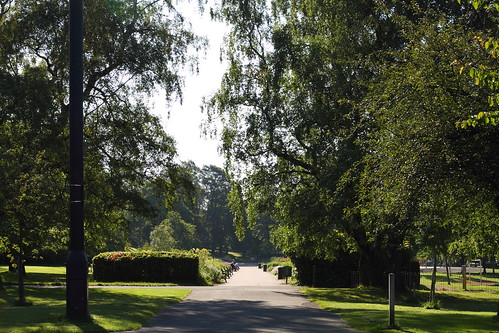
But, for now, all of that quiet and order of the new place is but a dream. Before us are ten more days of living with boxes and sorting things into piles of what goes, and what goes out to Oxfam. Right now, we ADORE Oxfam, and hope they enjoy the donation of paperbacks and kitchen stuff and nice-but-under-used clothing which will soon be theirs.
Meanwhile, D. has received some last changes to make to his thesis / dissertation thing before submitting it. Yes, you thought he had submitted it! So did he, but his advisers sprang into action suddenly and want to be sure it’s perfect before it goes on to the larger committee.
Ummmm…yeah. You see there’s a lot being left unsaid, and since this is a family blog, we’ll leave it that way. The bottom line to this sudden influx of input is that the date of the oral exams is irretrievably inching its way toward an October date, not a September one as was originally planned to facilitate an out-of-country student. It really is just as well that D. has a job in this country still, or he’d have to be flying back for exams, which would be an expensive nuisance. The way this whole process has gone has been a nuisance, but we keep reminding ourselves that soon it will be done, and D. will be the latest (and most unique) Dr. M.
That’s the news from Lake Glasgow, where the women are cranky, the house is filthy, and the men are running out of strapping tape…

